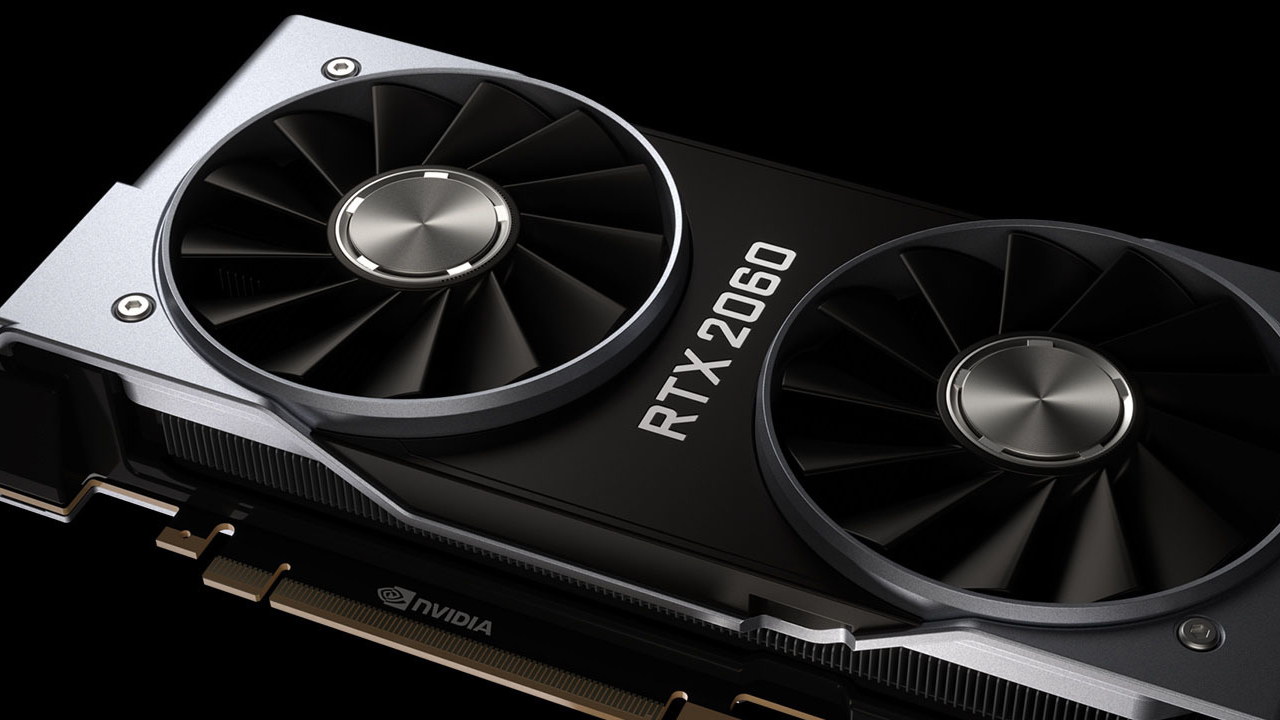
This year, you'll be able to buy a ray tracing-ready gaming laptop for only $999 courtesy of Nvidia and its partners. As part of a new laptop launch for 2020, renowned and reputable manufacturers like Lenovo and MSI will not only be providing us with some of the most powerful gaming laptops of recent times for incredible prices, but also new Super graphics cards and technical upgrades for their mobile cards to make them better than ever.
Along with improved efficiencies, the big headline is that this launch will begin a marked change in gaming laptop pricing: RTX laptops will be priced at just $999, while GTX laptops will begin at $699. It's worth noting that these units will feature a regular 2060 card instead of a Super one, but still - this is a great shift in price point as, while it is possible to get a great cheap gaming laptop for under $1000, getting one that can offer ray tracing for that price is pretty much unheard of at the moment. This opens up a whole new world of gaming to those whose budgets can't be stretched to well over the four-figure mark.
For example, a laptop for $999 right now is likely to be restricted - though I use that word relatively lightly, as it is a very capable card - to a GTX 1660Ti (the top of the non ray-tracing cards). However, there will always be compromises to be had in terms of the processor, RAM and storage as this ASUS laptop available at Newegg demonstrates:
ASUS ROG Zephyrus G | 15.6-inch 1080p IPS 60Hz | AMD Ryzen 7-3750H CPU | GTX 1660Ti GPU | 8GB RAM | 512GB SSD | $979.99 at Newegg
A solid offering for sure and great value for money, but we'd really want that RAM compromise to be removed on any future RTX models for less than $1000.
More broadly, the new range, like existing machines, will feature the Max-Q design of the GPUs. These are the efficiency-focused variants of the cards and enable us to have sleek and thin, yet still powerful, gaming laptops. Maintaining this is key to getting ray tracing in more and more machines. As a result, some technical efficiencies have been made to improve the cards. Some of these changes go quite deep, like next-generation voltage regulators and DLSS 2.0 improvements, while some like the new Dynamic Boost Mode are clearly and obviously enhancements that will provide tangible and noticeable improvements.
And it is that Dynamic Boost mode which caught my eye the most. It automatically balances power between the GPU and CPU on a per-frame basis - analysing each upcoming frame and determining what it's like in advance, in a way - which boosts overall in-game performance. This is great for when the graphics card is doing all the heavy lifting but there's spare CPU power to be had; this can then be redirected automatically to to deliver more performance without increasing the laptops overall power consumption. Neat, huh?

On top of this, Nvidia is also launching more than a hundred new Nvidia-powered gaming laptops. These new, thin, light and fast laptops will be powered by the just-launched mobile RTX 2070 Super and RTX 2080 Super graphics cards, offering incredible graphical prowess for laptops. With the Super varieties of the 2070 and 2080 effectively replacing the standard variants with better value and performance for money, we're hoping that this will seamlessly translate to the mobile versions of the cards too. Throw in the technical advancements, as well as the influence of the just-launched 10th generation Intel processors, and that's quite the recipe for success.
Given that the 10th gen processors are likely to storm up lists of the best CPU for gaming, and the Super 2070 and 2080 will give the best graphics cards lists a big rattle too, getting such quality laptops for less this year is just the kind of gaming gear news a lot of us want to hear. Pertinently, we will all want to look out for variants of the Acer Nitro 5, ASUS ROG Strix G15, HP Omen 15, MSI GF65 Thin, the Lenovo Legion Y540 and 5i, and the MSI GF65 Thin in the first instance as they're laptops that will be RTX 2060-powered and start at that sweet price of just $999. Plus, there'll be more to follow - that trickle will become a surge by the latter half of the year (circumstances and production chain depending, of course)
Sign up to the GamesRadar+ Newsletter
Weekly digests, tales from the communities you love, and more
All this exciting news doesn't mean it's a bad time to get yourself a new machine right now, of course. Check out our guides to the best gaming laptops and best gaming PCs to give yourself some good options for current models as well as for some useful reference points.
Rob is the Deputy Editor of sister site, TechRadar Gaming, and has been in the games and tech industry for years. Prior to a recent stint as Gaming Editor at WePC, Rob was the Commissioning Editor for Hardware at GamesRadar+, and was on the hardware team for more than four years, since its inception in late 2018. He is also a writer on games and has had work published over the last six years or so at the likes of Eurogamer, RPS, PCGN, and more. He is also a qualified landscape and garden designer, so does that in his spare time, while he is also an expert on the virtual landscapes and environments of games and loves to write about them too, including in an upcoming book on the topic!




